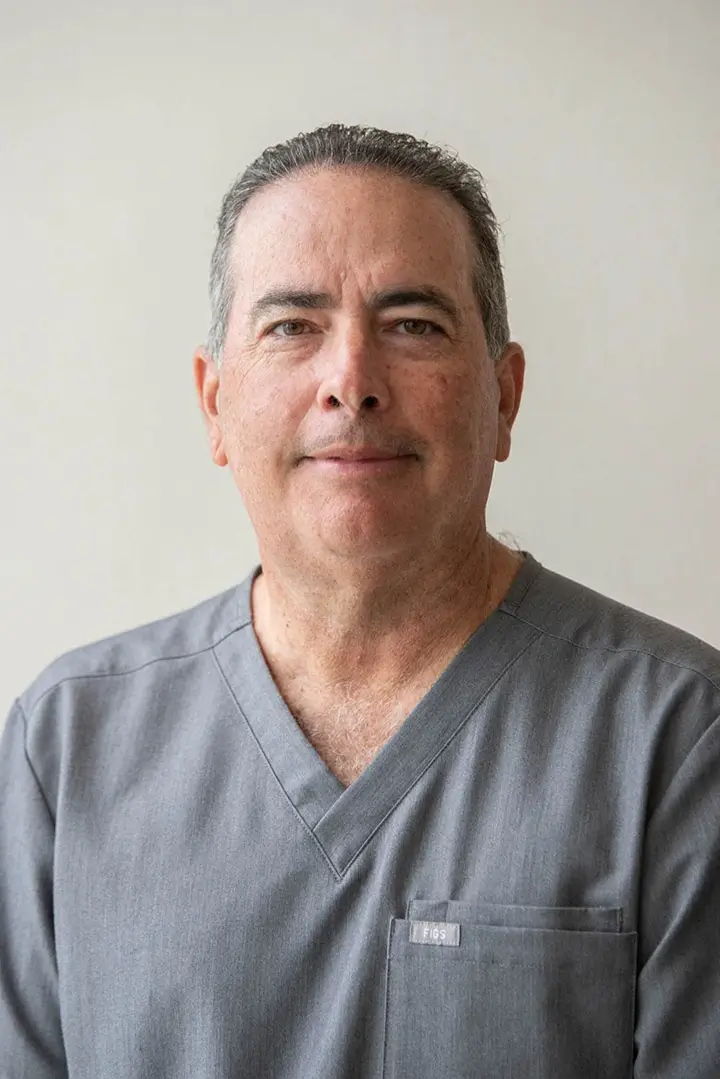A neurobiologist who has spent the last 20 years of his life working in the area of neural regeneration believes that adult stem cells are the future of medicine.
During his time conducting research, Alan investigated adult stem cells for the last five years. He discovered surprising information in regard to the technological advances in the field of adult stem cell biology.
What he found shows that the potential of adult stem cells alters the political debate. For the exploration of disease and drug discovery, adult stem cells present a serious alternative to embryonic stem cells for cell transplantation.
Numerous clinical trials are being conducted throughout the world using adult stem cell therapies and substantial advances have been made. Most trials are still experimental but it has been show that the lack of embryonic stem cell use results in a decline in problems. Those include immune rejection and uncontrolled growth.
Stem cells that are multipotent have been isolated from the skin, tooth pulp, brain, fat tissue, and bone marrow. Adult stem cells have been isolated from the organ of the sense of smell in the human nose in Alan’s lab. They are related to those cells found in the brain and are referred as neural stem cells.
Alan and his colleagues have demonstrated the very broad developmental potential of adult stem cells. Far exceeding the expectations of adult stem cells with the ability only to repair the tissue origin, they have been able to induce these adult stem cells to become kidney cells, blood cells, liver cells, muscle cells, heart cells, fat cells, and numerous others.
The utility of the cells is being explored regarding motor neuron disease, spinal cord injury, and Parkinson’s disease; animal models of disease and injury are included as well.
Bone marrow stem cells are being used in cell transplantation therapies around the world by various other groups, thus, Alan and his team are not alone in using adult stem cells for the aforementioned purposes. Cardiac repair after heart attack is just one of the numerous clinical trials where bone marrow stem cells are being utilized.
After stem cell transplantation, most report an improvement in function. Obviating immune rejection issues, in many cases adult stem cells have the advantage that they can be taken from the same patient who needs repair.
Spinal cord injury treatment is another example of the developing therapies that use olfactory unsheathing cells. These specialized cells show promise fro treating spinal cord injury in animal studies. By transplanting them into the injured spinal cods of human paraplegics, Alan hope to get results while undertaking this Phase I clinical trial.
By studying embryonic stem cells and their progeny from the patients, it is often stated that therapeutic cloning will be required to investigate the biology of certain diseases and to find cures.
However, a long and laborious procedure, therapeutic cloning will produce an inexact “copy” of the donor. This is because of the handful of genes that are passed on through the donor egg. Adult stem cells provide an alternative source and answer for these dilemmas.
Relatively, easily obtained and easily grown in a lab in large numbers, Alan already has over 40 adult cell lines derived from persons with mitochondrial disease, Parkinson’s disease, motor neuron diseases, and schizophrenia.
Studying adult stem cells will illuminate knowledge of embryonic as well, but ethical issues stand in the way of embryonic cells. Taking this into regard, the knowledge of alternative technologies should not be disregarded. Adult stem cell therapy is the alternative and in many cases, superior to embryonic stem cell technology.
Offering many advantages over embryonic stem cells, it is important to keep the public and politicians informed of the developments in all the area of adult stem cells.

